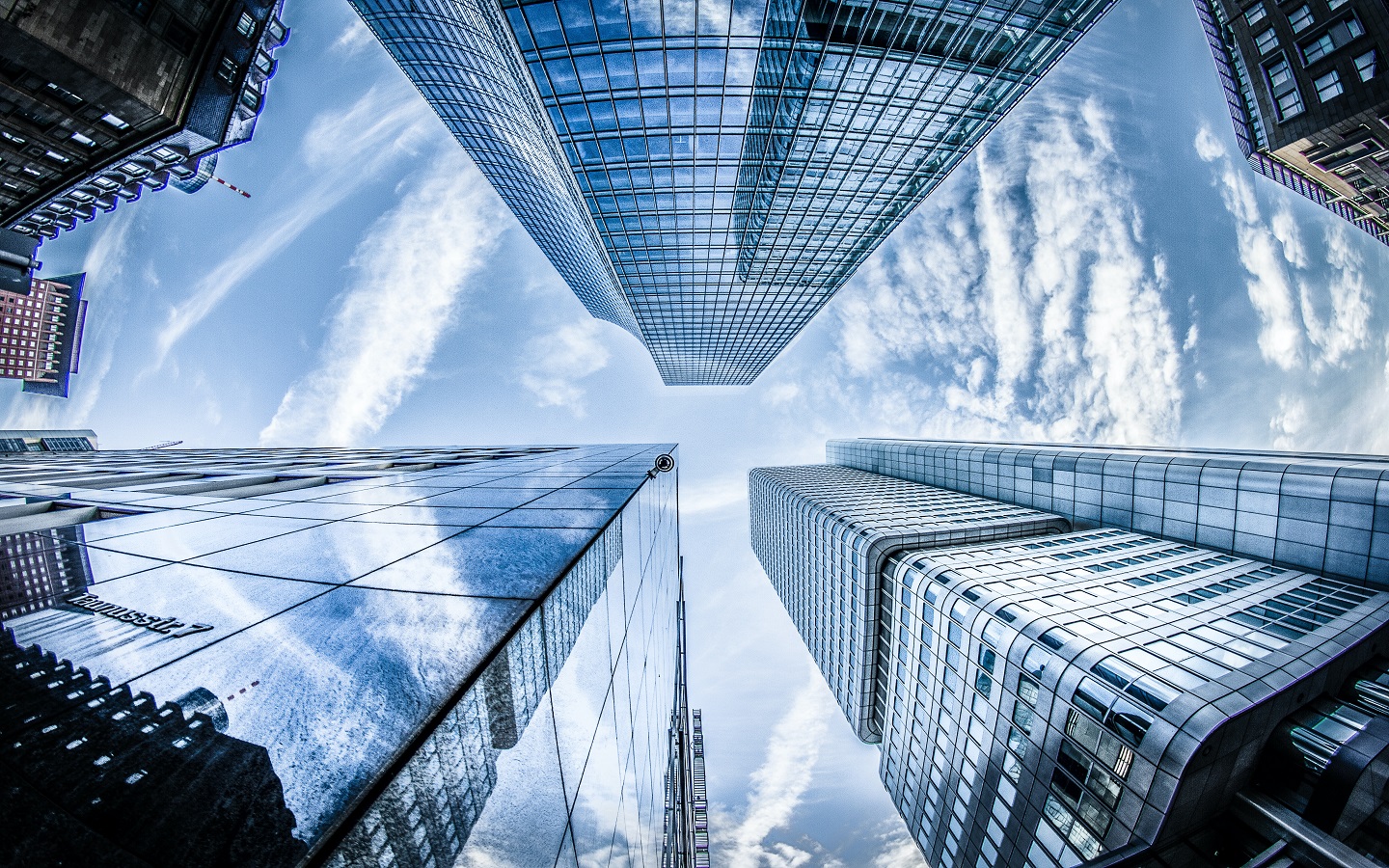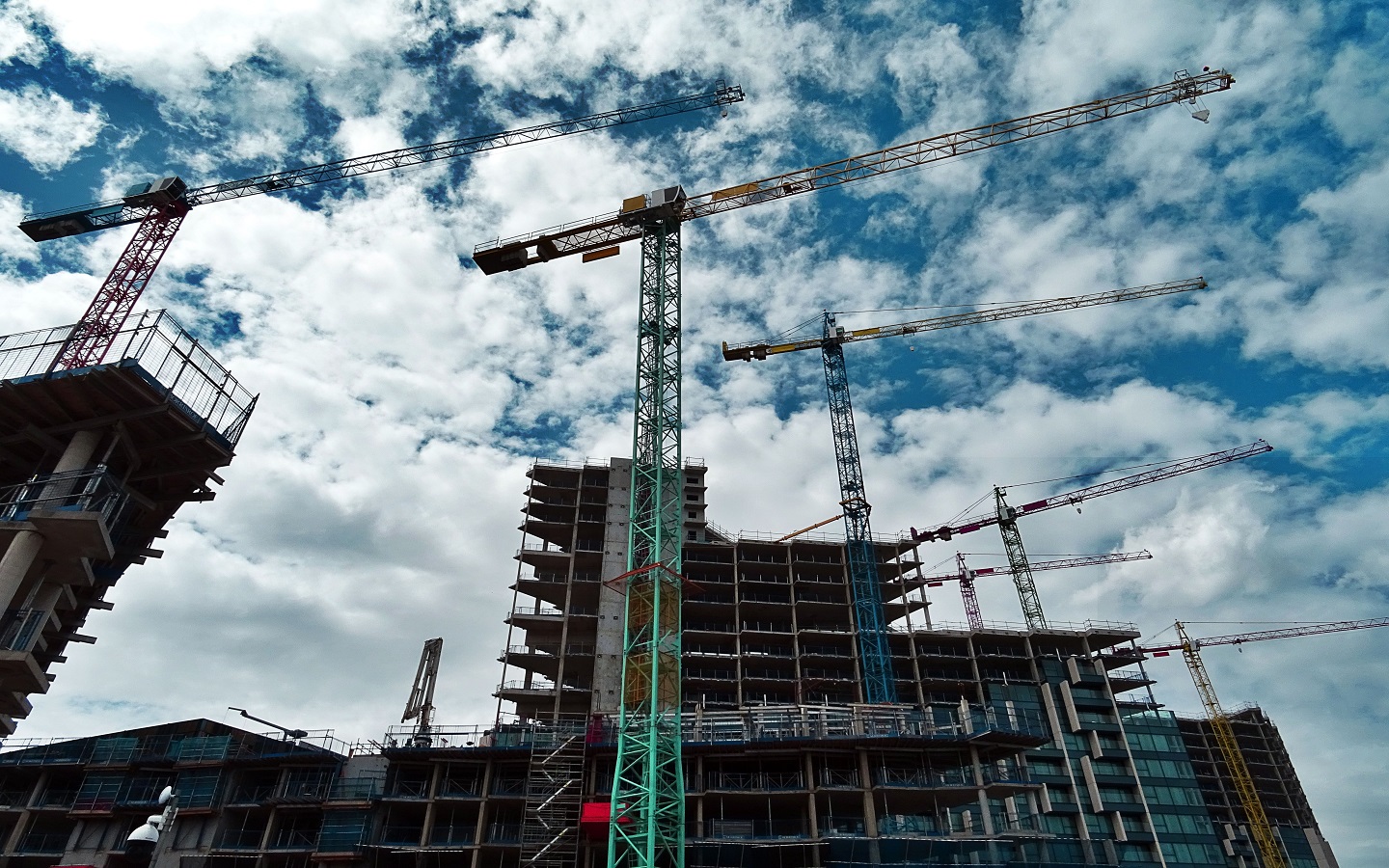The concept of towering structures to house everyday people isn’t new, but the extent to which it is possible today would have surely seemed like magic to our ancient ancestors. In ancient times, most of the homes were made of clay and mud while today’s homes are made of cement, brick and concrete. Peoples’ constant attempt to overcome and tame nature has yielded unbelievable results one after the other. And as a result, many people are fortunate enough to live closer to the heavens than previously ever thought possible. Most of us think it is us who are shaping the structures that we build & use for accommodation, work and business. However, buildings themselves, too, help shape a nation, its infrastructure and even the people in return. The impact of high-rise buildings on society and the shaping of a nation’s infrastructure far exceeds what one might have assumed.
What is a “High-Rise Building”?

While a conclusive definition of “high-rise buildings” exists, like a lot of aspects in our lives, most definitions usually refer to any building with a tall vertical reach as a high-rise building or even a skyscraper. Despite the modern cityscape being dominated by such types of structures, a lot of people remain unaware of its true definition. However, not every building is a high-rise and neither is every high-rise a skyscraper. Generally, multi-story buildings with a system of mechanical vertical transportation are considered high-rise buildings. They also need to be at least 75 feet in height to be considered high-rise. On the other hand, a skyscraper is any building that is at least 490 feet. That is why most cities and nations have a plethora of high-rise buildings while only a limited number of skyscrapers within their locales.
The Value of High-Rise Buildings

In 1800, the world population stood at around 1 billion while today it’s 7.7 billion. The rate at which the number of people is growing – more so in some countries than others – is unprecedented. However, the rarest of commodities necessary to house this growing population – land – remains the same. Every country has to fit its entire population within their limited spaces. As a result, with each new person added, that space needs to be divided more and more – in theory at least. So, as space remains limited, the only reasonable solution nations have at their disposal is to go vertical, which is what every developed and developing nation has been striving for and creating.
The Impact of High-Rise Buildings

The structural evolution of cities has considerably changed how cities are shaped. This evolution, at least the recent makeup, is to a great extent evident of the impact of high-rise buildings on development. The march of progress coincides harmoniously with the march of high-rise buildings. It shapes how a city or a nation looks, its future goals and most importantly, fuels the wheel of innovation.
Helps Set Development Goals
What is a country if not a congregation of like-minded people who come together for the betterment of all? At the end of the day, the goal of those leading a nation is to ensure safety, health, and all-over higher quality of life for its citizens. The goal is to have a “developed nation”. That means, creating new homes, facilities and infrastructure in places where growth can take place. In modern urban settings, such a step often begins with the decision to create high-rise buildings to provide housing solutions to the growing population. With the construction of such new buildings, that particular area inches closer to being “developed”. And like a lighthouse, the construction of such buildings shows the path where infrastructural and communal development will take place.
Influences the Formation & Reformation of Urban Planning
High-rise buildings are part and parcel of modern urban settings. Meaning, they are an integral part of forming & creating a city and urban plans. Any and all plans need to accommodate both current and future needs for high-rise buildings. Failure to do so can often result in years, if not decades, of woe for the administration. Ultimately, any nation that has done without accounting for high-rise buildings would have to modernize by reforming its urban plans.
Forwards Innovation
The journey to high-rise buildings is long and difficult. Centuries of work and innovation has led to the creation of true high-rise buildings. While there have been multi-story buildings for thousands of years, it was the creation of elevators that allowed buildings to reach unprecedented heights. However, human civilization is not known to be a species that remains content with certain progress at any point in time. We always strive for more and try to go beyond. Our need for better homes forwards our thirst for innovation; in this case, upwards. We innovate newer ways to build homes, better materials that are robust and less damaging to the environment.
The impact of high-rise buildings in our society and the development of our urban communities are boundless. It has shaped our imagination and our cities. People have always been captivated with going higher and further, and high-rise buildings fulfill that desire to a certain extent. Who knows how high we will be able to reach.




